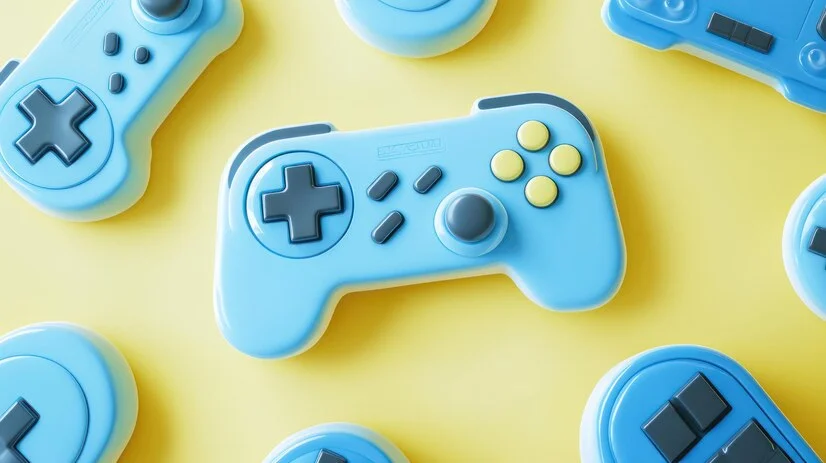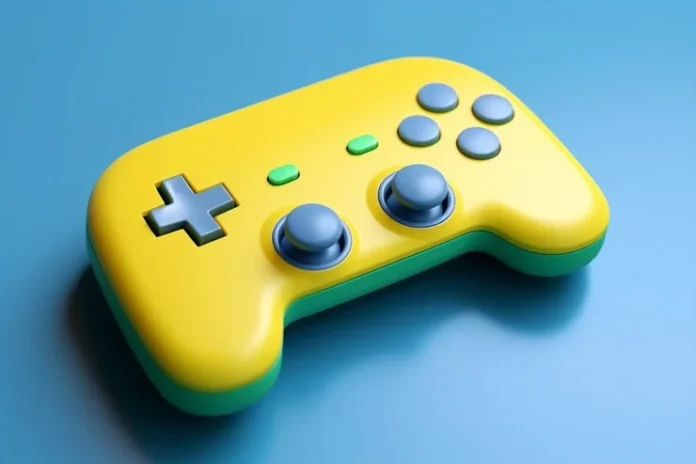FFidget toys have become increasingly popular in recent years, captivating children, teens, and adults alike. These small, hand-held gadgets are designed to help relieve stress, increase focus, and serve as a simple but effective tool for calming the mind. Originally designed to assist individuals with ADHD, anxiety, or autism, fidget toys are now widely used by people from all walks of life.
In this comprehensive guide, we will explore everything there is to know about fidget toys, their benefits, the different types available, and how to choose the best one for your needs. Whether you’re looking for a way to reduce stress, improve concentration, or simply enjoy a fun toy to keep your hands busy, this article has got you covered.
What Are Fidget Toys?
Fidget toys are small, portable gadgets or objects designed to be fiddled with. They come in a wide variety of forms, from simple spinners to more complex cubes with multiple moving parts. The basic idea behind these toys is that repetitive, tactile motion can provide a soothing, calming effect. For some, it can even help improve focus and concentration during activities that require sustained mental effort, such as studying or working.
Fidget toys are especially popular among individuals with ADHD, autism, and anxiety, but they’ve also gained a broader appeal as a general stress-relief tool.
The Benefits of Using Fidget Toys
Stress Relief
One of the most common reasons people use fidget toys is to help relieve stress. The simple act of keeping your hands busy can distract your mind from stressful thoughts. As the repetitive movement continues, it may activate relaxation responses in your body, allowing you to release tension.
Improved Focus and Attention
Research suggests that fidgeting can help improve focus, particularly in individuals who struggle with maintaining attention. Fidget toys offer a structured outlet for that restless energy, enabling the mind to concentrate better on the task at hand. This is why many students, workers, and even adults have turned to these toys to stay engaged in their activities.
Enhanced Motor Skills
For younger children, certain types of fidget toys can enhance fine motor skills by encouraging manipulation and exploration. Toys with buttons, gears, or switches can improve hand-eye coordination and help develop dexterity. This makes fidget toys beneficial not just for emotional or mental reasons, but for physical skill development as well.
Anxiety and Sensory Support
Individuals with anxiety or sensory processing disorders often find comfort in fidget toys. The repetitive motion and tactile engagement offer a soothing experience, helping to calm nerves or provide an outlet for sensory stimulation. Fidget toys can also help people who have difficulty regulating their emotional responses to focus on something constructive.
A Non-Distracting Outlet
Many workplaces and classrooms have embraced the idea that fidget toys provide a non-distracting way for people to manage stress or maintain focus. As long as they don’t produce noise or disrupt others, these toys are seen as tools to boost productivity and reduce anxiety in professional or educational environments.
Popular Types of Fidget Toys
Fidget Spinners
Perhaps the most iconic of all fidget toys, the fidget spinner features a central bearing with three prongs that spin around. Users hold the center while flicking one of the prongs to make it spin. The smooth, repetitive motion can be satisfying and calming, making this a go-to for stress relief.

Fidget Cubes
The fidget cube is another popular option, featuring six sides, each with a different activity to engage the hands. Buttons, switches, wheels, and clickers offer multiple ways to fidget with just one toy. This variety makes it a great choice for people who want multiple textures or motions to help them concentrate or relax.
Stretchy Strings
Stretchy fidget toys, like rubber strings or loops, provide tactile satisfaction for individuals who enjoy pulling or twisting. These toys are particularly beneficial for children or adults who need stronger sensory input or enjoy active engagement with their hands.
Pop-It Toys
A newer addition to the world of fidget toys, Pop-It toys have quickly gained popularity due to their simple, repetitive popping action. They resemble a silicone bubble wrap, allowing users to press down on bubbles and hear them pop in and out. The toy is satisfying to use and provides a quiet yet engaging way to relieve stress.
Tangle Toys
Tangle toys are composed of interconnected curved pieces that can be twisted and turned into different shapes. This tactile toy offers continuous movement and is ideal for anyone who enjoys playing with their hands during periods of concentration or relaxation.
How to Choose the Best Fidget Toy for You
With so many options available, choosing the right fidget toy can feel overwhelming. Here are a few factors to consider when selecting the best one for your needs:

Purpose
Ask yourself why you’re looking for a fidget toy. Is it to relieve stress, enhance focus, or simply keep your hands occupied? Different types of fidget toys serve different purposes. For example, if you’re looking to reduce anxiety, a Pop-It or stretchy toy may provide the soothing repetitive action you need. For focus, a fidget spinner or cube might be more appropriate.
Portability
Since fidget toys are often used in workplaces or classrooms, portability is important. Look for small, lightweight toys that are easy to carry in a pocket or bag. Larger or more complex toys may be better suited for home use where there is more space to explore different actions.
Noise Level
In many environments, such as schools or offices, noise can be a distraction. Therefore, it’s crucial to select a quiet fidget toy if you’re planning to use it around others. Fidget cubes or Pop-Its are generally quieter than spinners or clickers, making them a more discreet choice for public settings.
Durability
For those who intend to use their fidget toys frequently, durability is key. Some fidget toys, especially those with moving parts, can wear out over time. Look for high-quality materials such as silicone, metal, or durable plastic to ensure that your toy lasts.
Fidget Toys for Different Age Groups
Fidget toys are not just for children. Depending on the individual’s needs, fidget toys can benefit people of all ages:
- Children: Toys like Pop-Its or stretchy strings are excellent for younger children, helping with sensory exploration and fine motor skills.
- Teens: Fidget cubes and spinners can help teens manage stress and improve focus, particularly during homework or study sessions.
- Adults: Adults can benefit from more subtle options like fidget rings or small fidget cubes that offer stress relief without drawing attention in professional environments.
Conclusion
Fidget toys are much more than a passing trend—they serve as practical tools for stress relief, focus enhancement, and sensory support. From simple fidget spinners to complex cubes, these toys cater to a variety of needs and preferences. Whether you’re a student trying to concentrate, a professional managing anxiety, or a parent seeking a way to engage your child, there’s a fidget toy that fits your situation.
By understanding the different types of toys and their benefits, you can make an informed decision about which one best suits your needs. As more people discover the advantages of fidgeting, these toys will likely continue to grow in popularity, cementing their place as valuable tools for improving mental well-being.




